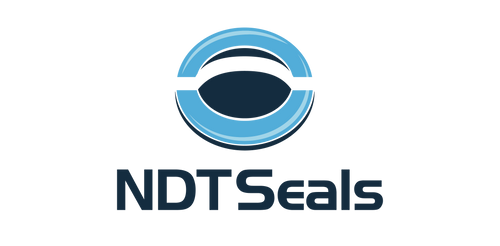According to the American Petroleum Institute (API), a Risk Based Inspection (RBI) analysis may be used to determine inspection intervals or due dates and the type and extent of future inspection/examinations. The RBI analysis, when conducted in accordance with API 580, shall include all of the inspection planning elements noted in API 580, Section 5.2.
One of the integral factors in properly determining risk is the location, quality and consistency of inspections on piping systems. This is why the Inspection Plan is called out as a critical component of the RBI. The Inspection Plan should have the following accounted for, at a minimum:
-
define the type(s) of inspection needed;
-
identify the next inspection date for each inspection type;
-
describe the inspection methods and NDE techniques;
-
describe the extent and locations of inspection and NDE at Condition Monitoring Locations (CMLs) or Test Measurement Locations (TMLs);
-
describe the surface cleaning requirements needed for inspection and examinations for each type of inspection;
-
describe the requirements of any needed pressure test (e.g. type of test, test pressure, test temperature, and duration);
-
describe any required repairs if known or previously planned before the upcoming inspection;
-
describe the types of damage anticipated or experienced in the piping systems;
-
define the location of the expected damage;
-
define any special access and preparation needed.
If any one of these items experiences variability or inconsistency, the RBI analysis can result in inaccuracies and ultimately increase risk of failure. High quality inspection plugs and inspection point labels help to eliminate potential inconsistencies for numbers 2, 4, 9, and 10 in the above list.
Having consistent and well-marked CMLs and/or TMLs help ensure repeatable thickness measurements and allow for accurate degradation mapping and predictions. UV resistant, high temperature inspection point labels are a better alternative than hand marking inspection locations for these types of calculations and for monitoring the condition of critical piping over time. While on insulated piping, inspection plugs not only provide consistency but high-quality plugs help to keep corrosion under insulation at bay.
For every RBI analysis, the effectiveness of the condition monitoring program and inspections need to be evaluated when assessing risk. Having well-marked inspection locations that remain in place consistently over time is imperative to showing an effective inspection program and to proving a thorough inspection history. If risks can be shown to be safely averted, inspection intervals can be lengthened saving time, money, and resources in your safety program. Additionally, auditing the inspection program as part of the consequence of release assessment can be more easily done year to year.
Consistent documentation, only achievable with consistent TMLs and CMLs, allows for RBIs to establish the equipment inspection plan and better define the following:
-
the most appropriate inspection and NDE methods, tools, and techniques;
-
the extent of NDE (e.g. percentage of equipment to examine);
-
the interval or due date for internal (where applicable), external, and on-stream inspections;
-
the need for pressure testing after damage has occurred or after repairs/alterations have been completed;
-
the prevention and mitigation steps to reduce the probability and consequence of equipment failure. (e.g. repairs, process changes, inhibitors, etc.). (https://bit.ly/3viHc47)
Remember, when RBI assessments are used to set equipment inspection intervals, the assessment needs to be updated after each inspection and the overall RBI analysis needs to be updated at a minimum of every 10 years if there are no process or equipment changes.
Consistency in inspection is the basis of any RBI and Fitness-for-Service (FFS) analyses. Inspectors and equipment may change from year to year, so eliminating TML and CML variables helps to increase the accuracy of your system assessments. NDT Seals is the only inspection plug and inspection point label company to achieve ISO 9001 certification because we are committed to the accuracy of your inspection processes and your safety.


